
Why does my dog avoid eye contact? There are many reasons, including feeling guilty or scared or having never learned to make eye contact before. Plus, in the wild, dogs do not make eye contact with each other, as it can be seen as a threat to them (link) (link) (link) (link).
Busy? Get Your Hands Paws On The Answers Quickly…
- 5 Reasons Why Dogs May Avoid Eye Contact
- How Can I Teach My Dog To Make Eye Contact?
- Why Does My Dog Look Away From Me When I Look At Him?
- Is It Bad To Stare A Dog In The Eyes?
- What Does It Mean When A Dog Makes Eye Contact?
- FAQs
5 REASONS WHY DOGS MAY AVOID EYE CONTACT

1. Eye Contact Is Different for Dogs
For humans, when we look in one another’s eyes, it shows comfort, respect and is a part of our communication. But sometimes, eye contact signals a threat to dogs. When one dog gazes at another dog, it can be a warning signal. Dogs may try to avoid eye contact with you because they love you and do not want to send you the signal that, to them, is a threatening look.
2. Your Dog Has Not Learned To Make Eye Contact Yet
Not every person is comfortable giving others eye contact. And that applies to dogs as well. Dog training can teach your dog how to make eye contact. If you teach your dog to make eye contact, it may take some time, but it will have benefits for both of you. For example, when you and your dog lock eyes, studies have shown that dogs experience increased happiness hormone oxytocin of about 130%. In contrast, we humans experience an increase of about 300%!
3. Feelings of Fear
If you are extremely strict or harsh with your dog, they may not want to give you eye contact. If you find yourself continually scolding your pooch, they may be trying to avoid giving you eye contact as much as possible. This may mean that your dog is scared of you. While it is essential to correct your dog’s bad behavior, it is better to do so in a loving way to build a stronger relationship with them.
4. Guilt
If your dog normally gives you eye contact but then stops out of the blue, it could be that they are feeling guilty. If your dog is afraid that they will get in trouble for something that they did, they may steal looks from you, avoid eye contact, and try to avoid getting in trouble with you.
5. Not A Natural Feeling
In the wild, friendly eye contact does not usually exist. The only time dogs may share friendly direct eye contact during play (for example, during a play bow), but most eye contact between dogs is not pleasant. So giving other creatures eye contact is not a natural feeling for them at all.
HOW CAN I TEACH MY DOG TO MAKE EYE CONTACT?

The best time to teach a dog how to make eye contact is when they are a puppy, but it can be introduced to adult dogs. Here are some simple steps to teach your dog how to make eye contact.
1. Put your dog on their leash and have a bag of treats with you. Stand still and wait for your dog to look up at you. As soon as your dog looks at your face, give your dog a treat.
2. If your dog is hesitant to make eye contact, try holding a treat a few inches from your face. When your dog looks from the treat to your face, give them the treat and praise.
3. When your dog is readily making eye contact (either by doing the method from step one or step two), start adding the word “look” as a cue for them. Say “look” just as your dog begins to shift their eyes to look at you so that they start to associate the word with looking at you.
4. Once your dog has a good handle on the command “look,” try practicing in different situations. Practice “look” with different people (starting with other family members or close friends that your dog is comfortable with) and in various locations where there may be more distractions for your dog (such as at the park or while at a friend’s house).
Before you know it, your dog will be able to make eye contact!
If your dog shows any signs of stress, fear, or aggression, contact your veterinarian for additional advice.
WHY DOES MY DOG LOOK AWAY FROM ME WHEN I LOOK AT HIM?

Scared – Your dog may find it scary or threatening when someone stares at them, especially when making eye contact with them. Eye contact is not something that a lot of dogs are used to.
Shy – Your dog may be shy. Like people, every dog has a unique personality, and some dogs are more outgoing than others. Some dogs are more reserved, or they get anxious in new situations, which may cause them to avoid making eye contact with you.
IS IT BAD TO STARE A DOG IN THE EYES?

Experts seem to be divided on whether or not you should stare into your dog’s eyes. While eye contact is normal human behavior, it has a different meaning for humans versus dogs. Some dogs are happy with eye contact, whereas others prefer to avoid it. See the reasons below for each.
- Yes – Why it might not be a good idea to stare at a dog.
If you hold eye contact for more than a few seconds (about two seconds is a good amount), your dog may perceive it as threatening.
Think of it this way: If someone stares at you for a long time, you wonder why they are staring at you and would start to feel uncomfortable, right? The same is true for your dog.
- No – Why some dogs like to make eye contact.
When you and your dog make friendly eye contact, that will fill both of you with feelings of trust and bonding.
Eye contact will help to form a stronger relationship between the two of you.
When you and your dog lock eyes, oxytocin (the love and bonding hormone) levels are increased in both of your brains.
To keep the eye contact friendly, start with just two seconds of eye contact and build up to longer amounts as your dog seems comfortable. Use other body signals to show your dog that the eye contact is friendly by smiling and using a high pitched voice.
WHAT DOES IT MEAN WHEN A DOG MAKES EYE CONTACT?

If your dog gives you eye contact, they are usually trying to tell you something. Here are some of the things that eye contact from your dog can mean:
Your Dog Needs Something
Since dogs cannot talk, they use other ways to communicate their needs to you, including eye contact and other body language. They may be staring at you because they need to go outside or want something to eat.
Your Dog Wants Attention
Your dog may lock eyes with you because they want your attention or your presence. They may want to play with you or get some cuddles.
Your Dog Wants To Connect With You
Just like you want to bond and form a strong relationship with your dog, your dog wants to do the same with you. Your dog may be giving you the puppy dog eyes if they want to have some bonding time with you.
Your Dog Is Confident
Like with people, if your dog gives you eye contact, it is a sign of confidence. Confident dogs are more likely to make eye contact with their owners, which is a sign of a charismatic personality.
Your Dog Loves You
If your dog is staring at you with a soft gaze and it is accompanied by other cute gestures (soft ears, wagging tail, etc.), your dog may just be showing you how much they love you.
FAQS
Why do dogs look at you when they poop?
If your dog looks at you while they poop, they are looking to you for protection. The pooping position is very vulnerable, which makes them feel like they need protection. Dogs are natural pack animals, and as the dog owners you act as their protector.
Why won’t my dog look at me when I call them?
If your dog is avoiding eye contact, it may be because they are feeling uncomfortable with eye contact. But if your dog won’t look at you at all when you call them, you may be wondering why your dog is ignoring you.
Your dog may just be overwhelmed by all of your talking. Dogs have their own natural language, and they communicate mostly with body language. Our constant talking may just become background noise for your dog.
They just may not be paying attention- even if you see their ears move and you know they heard you, they may not realize that your talking is directed at them.
Looking for more pawsome posts? Check these out…
Can Dogs Eat Lettuce?
How To Make A Snuffle Mat
When Do Puppies Lose Their Teeth?
Can Dogs Eat Broccoli?
Can Dogs Eat Watermelon?
Disclaimer: Each dog is different, and every circumstance is different. All efforts have been made to provide accurate information. However, it is not provided by a qualified Veterinarian, Veterinarian Surgeon, or Behaviorist. The information provided is purely educational. The information should not be used as an alternative or substitute for medical care. If you have any health or medical concerns, contact a qualified Veterinary Surgeon or Veterinarian immediately.
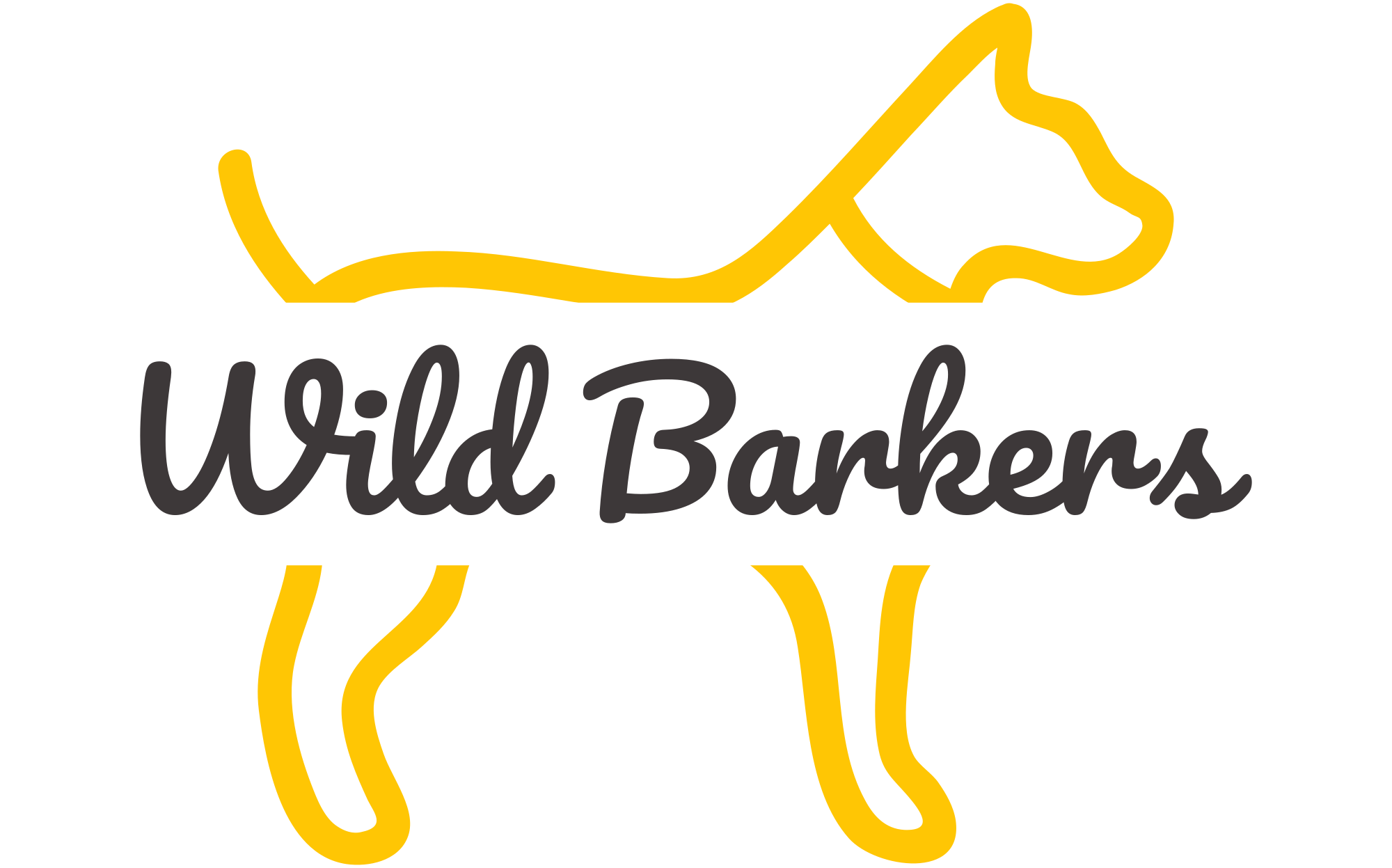




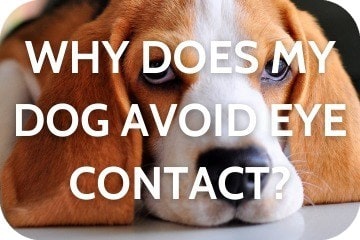
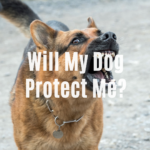
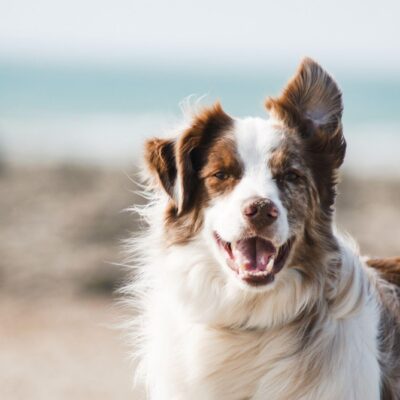
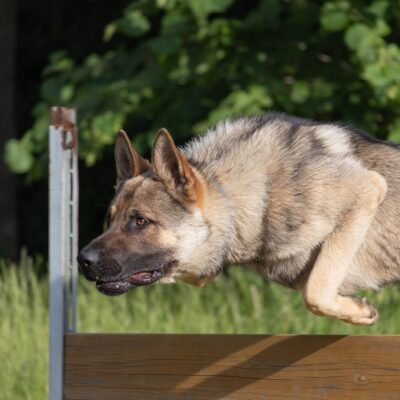
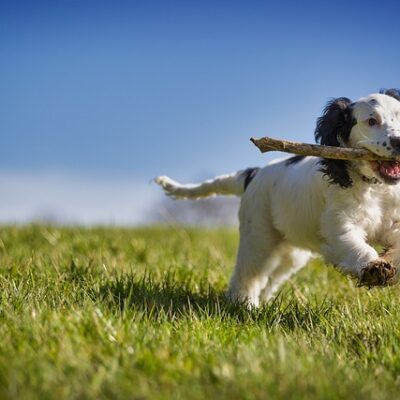
No Comment! Be the first one.